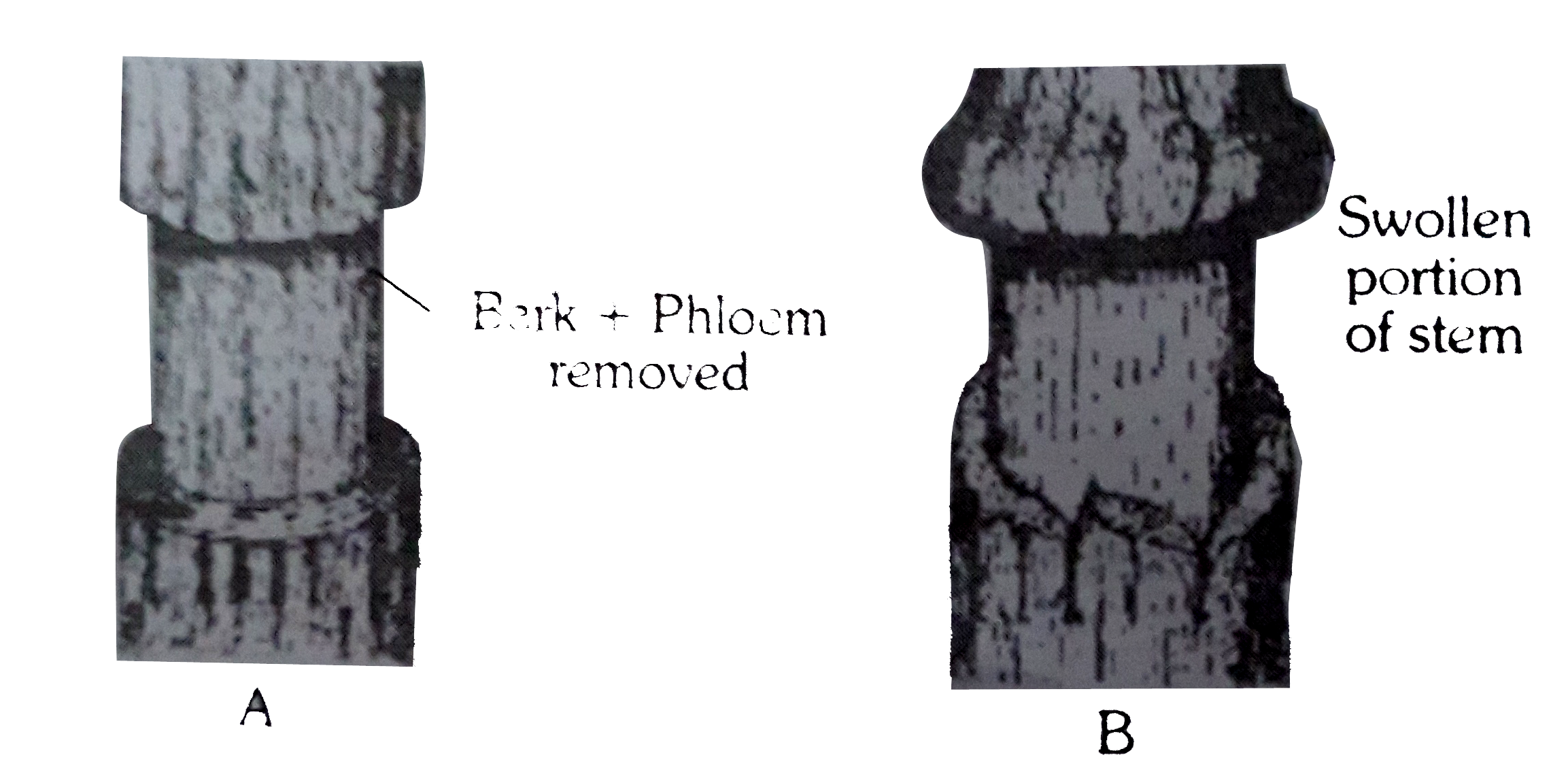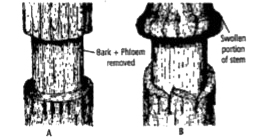Pneumococcus experiement proved that:
Bacteria do not reproduce asexually
Bacteria undergo binary
DNA is genetic material
RNA may sometimes coontrol production of DNA and proteins .
Step-by-Step Solution:
1. Introduction to the Experiment: The Pneumococcus experiment, conducted by Frederick Griffith, was pivotal in understanding the role of DNA as the genetic material. Griffith worked with two strains of the bacterium *Streptococcus pneumoniae*.
2. Strains of Pneumococcus: There are two types of colonies of *Streptococcus pneumoniae*:
- Smooth (S) strain: This strain has a smooth appearance due to a polysaccharide capsule that protects it from the host's immune system. Mice infected with this strain typically die from pneumonia.
- Rough (R) strain: This strain lacks the protective capsule and has a rough appearance. Mice infected with this strain usually survive.
3. Initial Observations: Griffith injected mice with the R strain and observed that they survived. When he injected them with the S strain, the mice died. This indicated that the S strain was virulent (disease-causing).
4. Heat-Killed S Strain: Griffith then heat-killed the S strain bacteria and injected this into mice. The mice survived, indicating that the heat-killed bacteria were no longer virulent.
5. Mixing R Strain with Heat-Killed S Strain: The critical experiment involved mixing the live R strain with the heat-killed S strain and then injecting this mixture into mice. Surprisingly, the mice died. This suggested that something from the heat-killed S strain transformed the R strain into a virulent form.
6. Transformation Principle: This phenomenon where the R strain was transformed into a virulent strain by the S strain is what Griffith termed the "transforming principle."
7. Conclusion on Genetic Material: Further studies revealed that the transforming principle was DNA. This experiment provided strong evidence that DNA is the genetic material responsible for heredity and the transmission of traits in bacteria.
8. Significance: The Pneumococcus experiment was foundational in molecular biology, leading to the understanding that DNA carries genetic information, which was later confirmed by other experiments.
- Smooth (S) strain: This strain has a smooth appearance due to a polysaccharide capsule that protects it from the host's immune system. Mice infected with this strain typically die from pneumonia.
- Rough (R) strain: This strain lacks the protective capsule and has a rough appearance. Mice infected with this strain usually survive.
Topper's Solved these Questions
- BOOK - MBD -HARYANA BOARDCHAPTER - MOLECULAR BASIS OF INHERITANCEEXERCISE - EXERCISE49videos
MOLECULAR BASIS OF INHERITANCE
- BOOK - MBD -HARYANA BOARDCHAPTER - MICROBES IN HUMAN WELFAREEXERCISE - EXERCISE26videos
MICROBES IN HUMAN WELFARE
- BOOK - MBD -HARYANA BOARDCHAPTER - ORGANISM AND POPULATIONEXERCISE - EXERCISE25videos
ORGANISM AND POPULATION
Similar Questions
The Pneumococcus experiment of Griffith proves that
View SolutionThe figure indicates the ringing or girdling experiment. Bark having phloem is removed. This experiment proves that phloem is the pat for translocation of food. In this experiment swollen part of stem has been shown. The possible cause of this swollen is
 View Solution
View Solution
Knowledge Check
- Question 1 - Select One
The Pneumococcus experiment proves that
ADNA is the genetic materialBRNA sometime controls the production of DNA and proteinsCbacteria undergo binary fissionDbacteria do not reproduce sexually - Question 2 - Select One
The pneumococcus experiment proves that
ABacteria do not reproduce sexuallyBRNA sometime controls the production of DNA and proteinsCDNA is the genetic materialDBacteria undergo binary fission - Question 3 - Select One
Streptococcus experiment proves that
ADNA is genetic materialBBacteria undergo binary fissionCBacteria do not reproduce sexuallyDAt times RNA controls production of DNA and proteins
The diagram refers the ringing or girdling experiment. Bark having phloem is removed. This experiment proves that phloem is the path for translocation of food. In this exp. swollen part of stem has been indicated. The possible cause of this swollen is -
 View Solution
View SolutionYoung's experiment proves that light consist of
View SolutionLederberg's replica plate experiment proves that:
View SolutionWhose experiments proved that the speed of light was always the same ?
View SolutionWhose experiment proved that the speed of light was always the same -
View Solution

